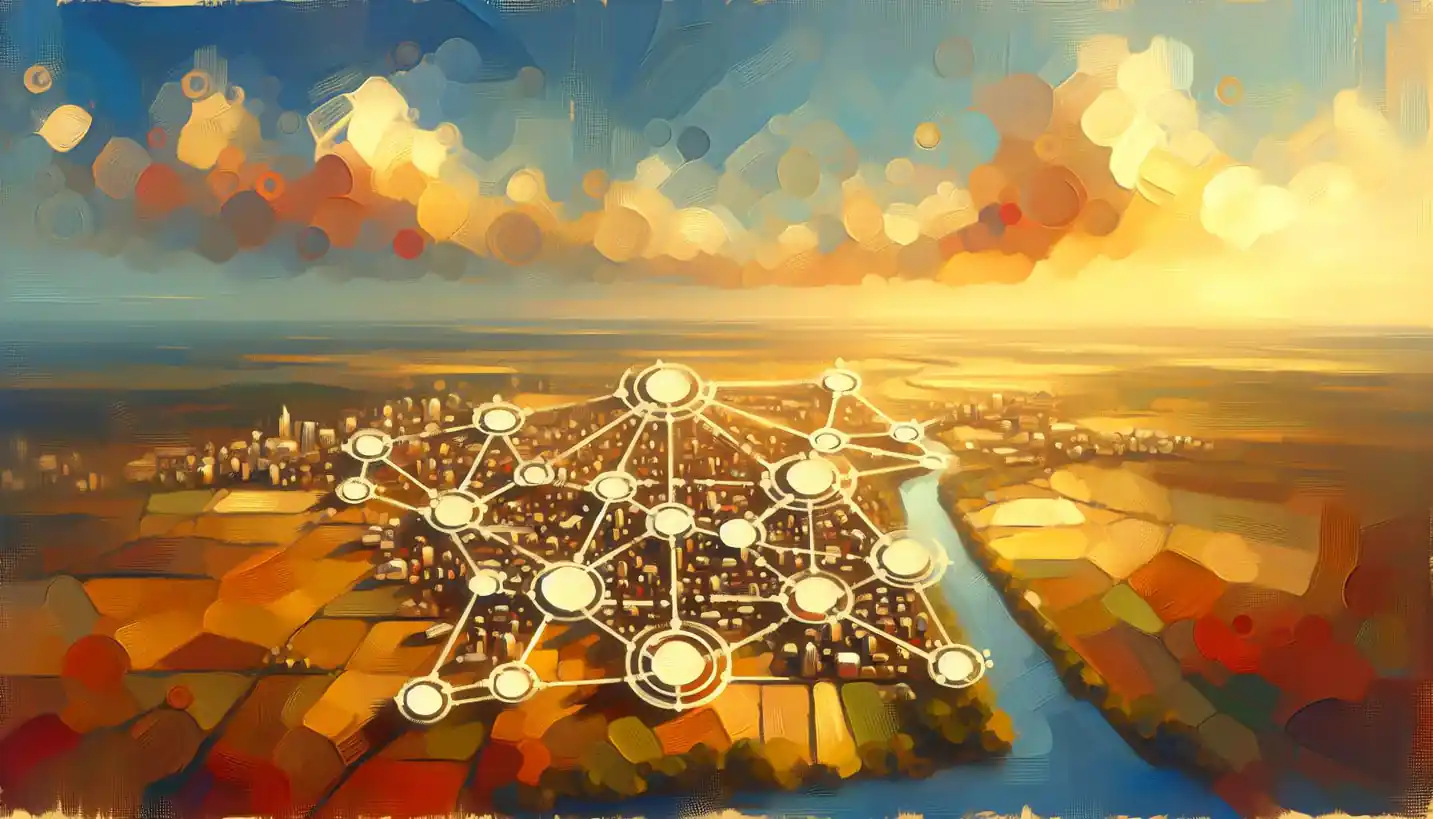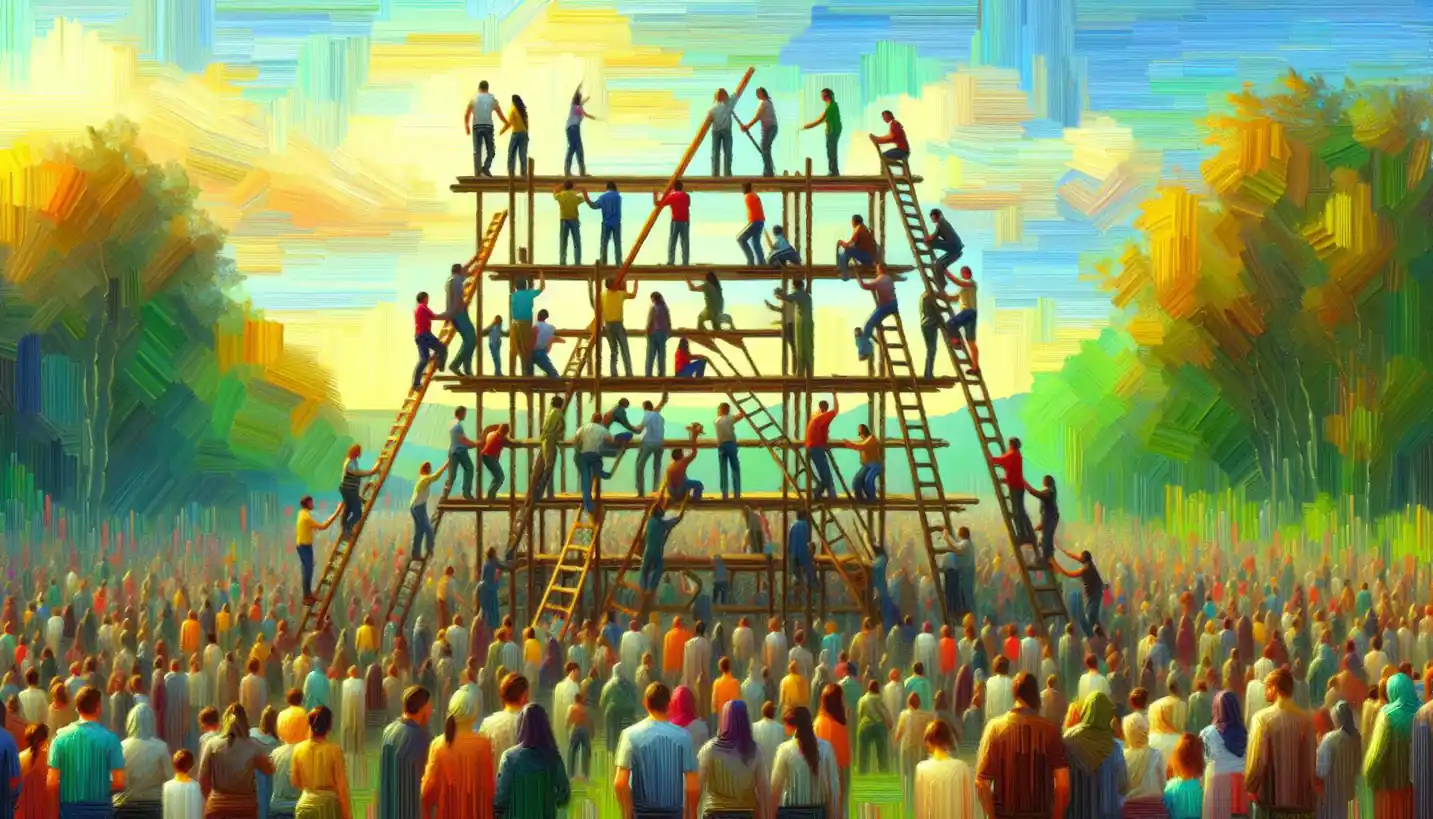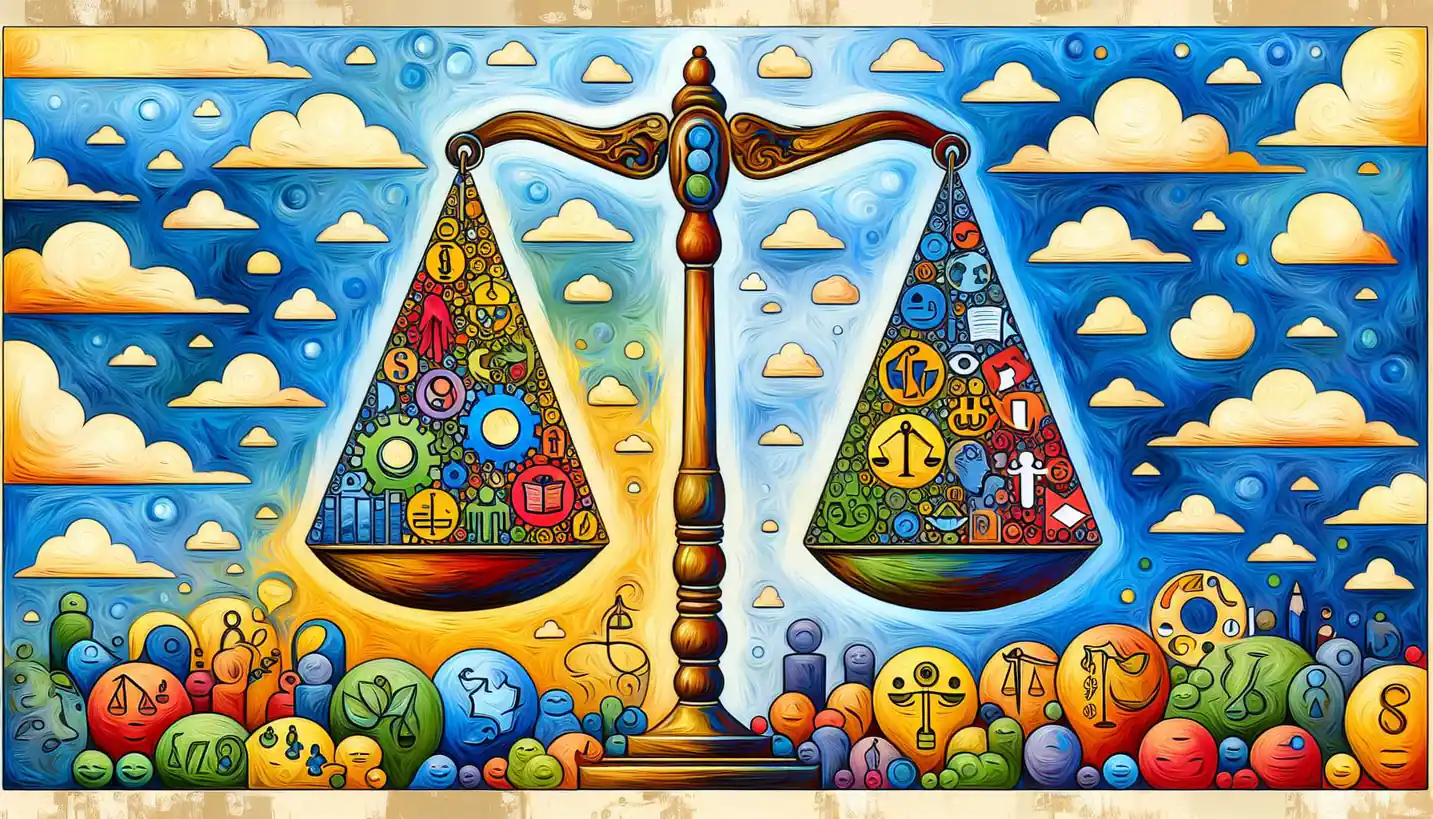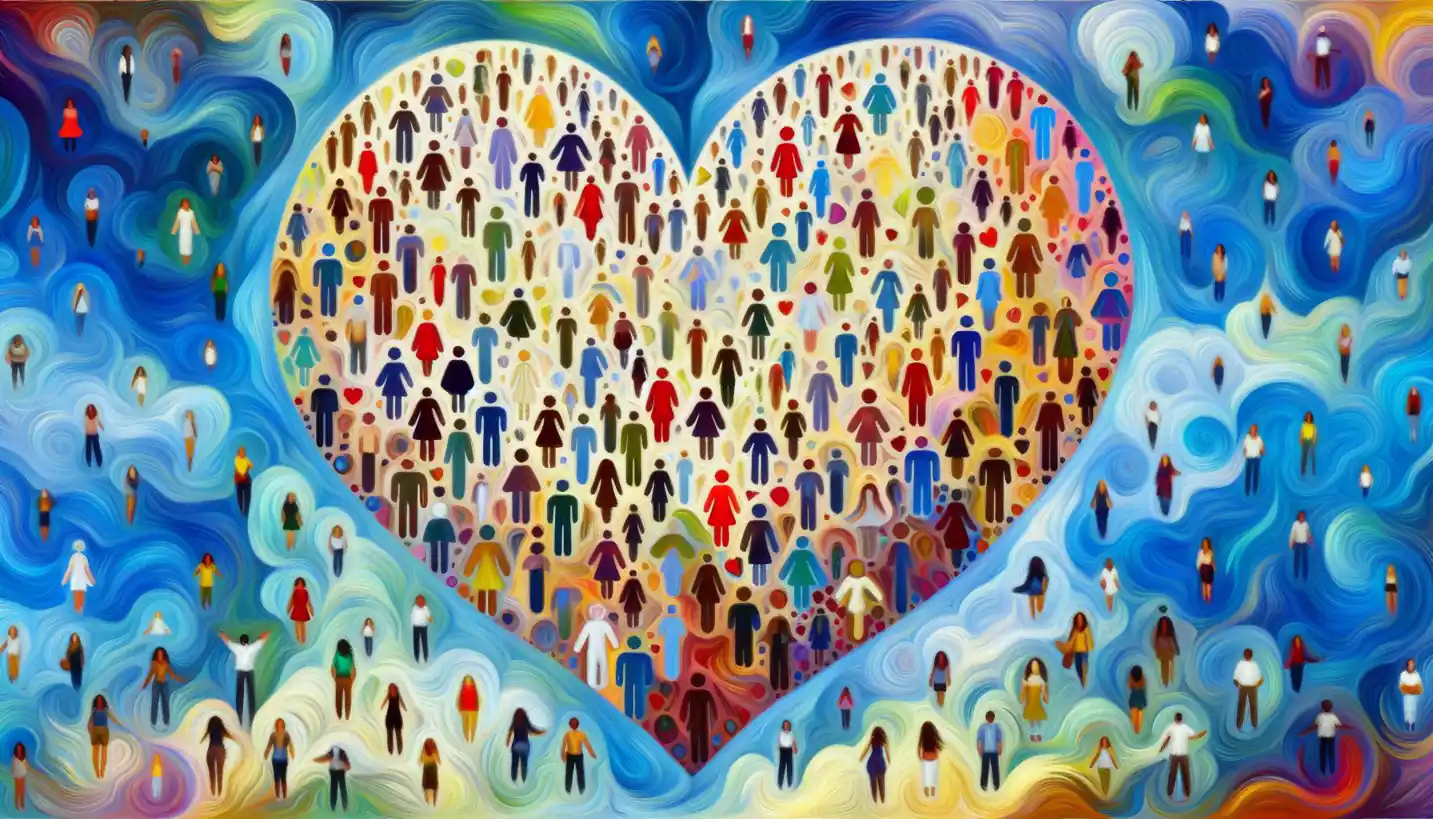· Sociology · 5 min read
School-to-Prison Pipeline: How Schools Link to the Justice System
The School-to-Prison Pipeline traces a disturbing trend linking education to incarceration. Explore systemic issues contributing to student marginalization.

Let’s dive into a topic that’s both intriguing and concerning: the school-to-prison pipeline. It’s not just a theory; it’s a troubling reality where disciplinary actions in schools can lead some students, especially those from marginalized communities, straight into the criminal justice system.
Understanding the School-to-Prison Pipeline
At its core, the school-to-prison pipeline highlights how certain school policies and practices can increase the likelihood of students ending up in the justice system. Imagine a pipeline where, if you slip once, you’re more likely to end up in a place you never wanted to be. Schools should be nurturing environments, but sometimes their disciplinary practices do more harm than good, creating a pathway away from education and toward incarceration.
This concept gained traction in the 1990s with the introduction of zero-tolerance policies in schools. Initially aimed at curbing drugs and violence, these policies ended up implementing harsh punishments for even minor infractions. So, a schoolyard scuffle or a forgotten homework assignment could lead to suspension or even expulsion, setting students on a path where they interact more with the juvenile justice system than with books and learning.
The Role of Zero-Tolerance Policies
Zero-tolerance policies operate much like turning off all the lights because one bulb burnt out. They don’t distinguish between small mistakes and serious offences. This kind of uniformity in discipline doesn’t consider individual circumstances or offer students a chance to learn from their mistakes. Instead, it often pushes them out of schools and into environments where their future becomes increasingly uncertain.
When students are suspended or expelled, they miss out on critical learning, fall behind academically, and often feel alienated. Then, without the structure of school, they might find themselves in situations that increase their chances of ending up in the legal system. Research shows that students suspended even once are at an increased risk of dropping out entirely, which then escalates their chances of encountering the criminal justice system.
Who is Most Affected?
The pipeline disproportionately affects students from minority backgrounds and those with disabilities. For instance, African American students and Latino students are more likely to face harsher punishments than their white peers for the same infractions. This disparity isn’t new, and it sheds light on larger systemic issues of racial bias and inequality in education.
Consider a scenario where two students misbehave but receive different punishments. While one might get a warning, the other could face suspension. Over time, consistent exposure to harsher disciplinary measures can alter a student’s educational journey indefinitely.
Consequences Beyond Education
What happens when students leave the educational setting through this pipeline? Often, they’re left without the necessary skills and qualifications to succeed in the workforce. Without a high school diploma, job opportunities are limited, and the cycle of poverty and incarceration continues. This isn’t just an individual issue—it affects families, communities, and society as a whole.
There is also a psychological impact. Students who are frequently disciplined might begin to see themselves as troublemakers, internalizing these labels. It affects their self-esteem and expectations for the future, creating a self-fulfilling prophecy where they become what they believe others see them to be.
Exploring Alternatives
The good news is that awareness around the school-to-prison pipeline is growing, and many schools are taking steps to break it. Programs focusing on restorative justice and positive behavioral interventions are making headway. Instead of merely punishing students, these alternatives seek to understand and address the root causes of misbehavior.
Restorative justice, for instance, involves mediation and agreement between the parties involved. It transforms the traditional punitive approach into one that emphasizes understanding, learning, and healing. By addressing issues collaboratively, students learn accountability and empathy, which can have long-lasting positive effects.
The Role of Community and Parents
Communities and parents play a crucial role in dismantling the school-to-prison pipeline. When they’re actively involved in school activities and decision-making processes, there’s a better understanding of students’ needs. Parents and community leaders can advocate for policies that support all students and ensure that discipline is fair and constructive.
Moreover, increased awareness and grassroots movements can push for policy changes at the district, state, and national levels. It’s important to foster an environment where education is prioritized over punishment, and all students have the chance to succeed.
The Importance of Teacher Training
Teacher training is another vital element. Educators who are equipped with the skills to manage classrooms effectively, understand cultural differences, and address behavioral issues innovatively can contribute significantly to reducing the number of students funneled into this pipeline. By creating supportive and engaging classrooms, teachers can foster better learning experiences.
Looking Ahead
While challenges remain, the future offers hope. With continual efforts from educators, policymakers, communities, and families, the school-to-prison pipeline can be dismantled. It requires a combined effort to create systems where education uplifts rather than criminalizes our youth.
Imagine a world where every child feels safe and supported in their school environment. This isn’t just a dream; it’s a possibility that many are working towards. With ongoing commitment and dedication, the school-to-prison pipeline can be replaced with paths to opportunity, growth, and endless potential.



